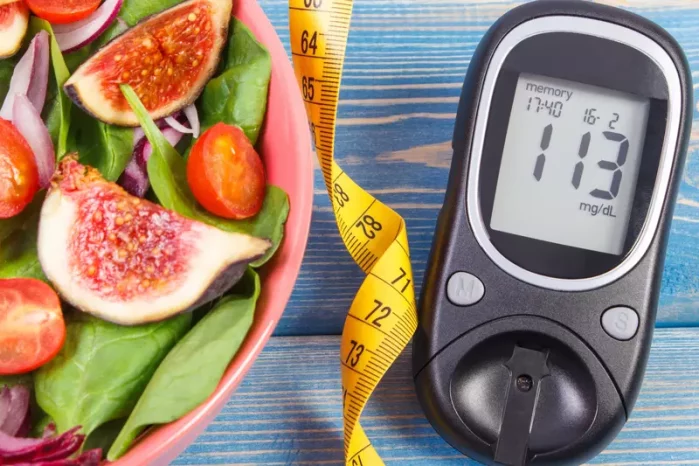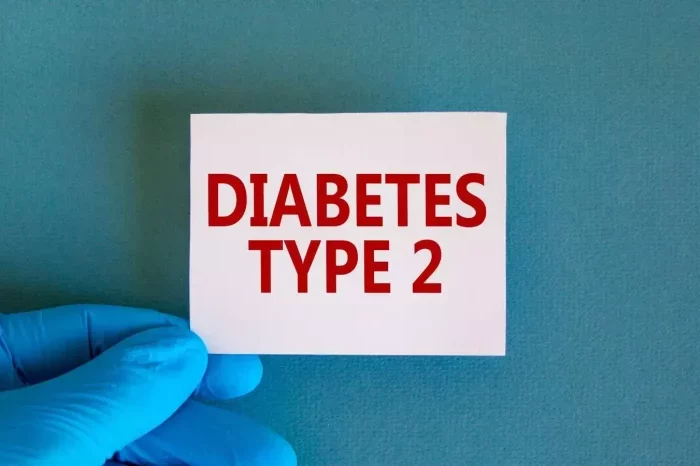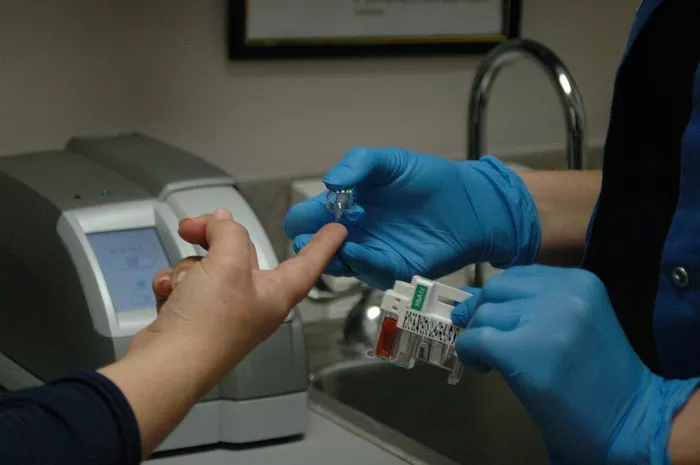Managing diabetes with heart disease requires a comprehensive approach to nutrition, as both conditions share overlapping risk factors and can exacerbate each other. For individuals diagnosed with both diabetes and heart disease, the goal is to manage blood sugar levels while supporting heart health. The right dietary choices are pivotal in reducing the risk of complications such as stroke, heart attack, and diabetic neuropathy, among others.
In this article, we will explore what a diabetic with heart disease should eat, the essential nutrients required for these conditions, and how to craft a well-balanced, heart-healthy diabetic diet. By making mindful dietary decisions, individuals with both diabetes and heart disease can improve their quality of life and reduce the likelihood of severe health events.
The Interplay Between Diabetes and Heart Disease
Diabetes and heart disease share many risk factors, including high blood pressure, high cholesterol, obesity, and inflammation. These conditions tend to be co-occurring, meaning that people with one condition are more likely to develop the other. Here’s how the two conditions intersect:
Elevated Blood Sugar: In diabetes, consistently high blood sugar levels can damage blood vessels and nerves over time, increasing the risk of cardiovascular diseases such as coronary artery disease, stroke, and heart failure.
High Cholesterol and Blood Pressure: Diabetics often have elevated cholesterol levels and high blood pressure, both of which contribute significantly to heart disease. These factors can lead to atherosclerosis, where fatty deposits clog arteries, hindering blood flow to the heart and other organs.
Obesity: Excess body weight is a common risk factor for both diabetes and heart disease. It increases the strain on the heart and can make it harder to manage blood sugar levels.
Because of these shared risk factors, managing both diabetes and heart disease requires a dietary approach that focuses on lowering cholesterol, controlling blood sugar levels, and reducing inflammation.
Essential Dietary Guidelines for Diabetics with Heart Disease
The key to a successful diet for diabetics with heart disease lies in balancing the management of blood glucose levels with maintaining cardiovascular health. A combination of nutrient-dense foods that help regulate blood sugar while supporting heart function is necessary.
1. Focus on Heart-Healthy Fats
For individuals with both diabetes and heart disease, choosing the right types of fat is crucial. A diet high in unhealthy fats, such as trans fats and saturated fats, can increase the risk of heart disease and worsen blood sugar control. The goal is to include fats that promote heart health, enhance insulin sensitivity, and reduce inflammation.
Best fats for heart and diabetes management:
Monounsaturated fats: Found in olive oil, avocado, and nuts like almonds, walnuts, and pistachios, these fats can help reduce LDL cholesterol (bad cholesterol) levels and improve heart health.
Omega-3 fatty acids: These are particularly beneficial for both heart disease and diabetes. Omega-3s help lower triglyceride levels, reduce inflammation, and support blood vessel function. Fatty fish such as salmon, sardines, mackerel, and trout are excellent sources. Plant-based sources include chia seeds, flaxseeds, and walnuts.
Polyunsaturated fats: Found in seeds, sunflower oil, and fatty fish, these fats also improve cholesterol levels and provide essential fatty acids that support heart and metabolic health.
Fats to avoid:
Trans fats: These are found in processed foods, baked goods, and margarine. They can raise LDL cholesterol levels and contribute to heart disease.
Saturated fats: Found in fatty cuts of red meat, full-fat dairy products, and tropical oils like coconut and palm oil, saturated fats should be limited as they can contribute to increased cholesterol and heart disease.
2. Choose High-Quality Protein Sources
Protein is an essential macronutrient for individuals with diabetes, as it helps to stabilize blood sugar levels by slowing digestion. However, it’s crucial to choose protein sources that support heart health, avoiding high-fat, processed meats that can raise cholesterol levels.
Best protein sources for diabetics with heart disease:
Lean meats: Skinless chicken, turkey, and lean cuts of pork or beef can provide protein without excessive saturated fat.
Fish and seafood: Fatty fish like salmon, mackerel, and sardines are high in omega-3 fatty acids and provide protein without the added saturated fats of land animals.
Plant-based proteins: Tofu, tempeh, edamame, lentils, beans, chickpeas, and quinoa are excellent sources of protein that also provide fiber, which is beneficial for blood sugar control.
Low-fat dairy: Opt for low-fat or fat-free dairy products like yogurt, milk, and cheese to avoid excess saturated fat while still getting a good source of calcium and protein.
Protein sources to limit:
Processed meats: Bacon, sausages, hot dogs, and deli meats often contain unhealthy fats, sodium, and preservatives that can increase heart disease risk and negatively affect blood sugar.
Red meats: While lean cuts are acceptable in moderation, it is best to limit red meat due to its saturated fat content, which can exacerbate both heart disease and diabetes.
3. Choose Whole Grains and Fiber-Rich Foods
Fiber is essential for blood sugar management because it slows the absorption of sugar and prevents blood glucose spikes. Additionally, fiber helps lower cholesterol levels, making it particularly beneficial for heart health.
Best fiber-rich foods for heart and diabetes management:
Whole grains: Whole wheat bread, quinoa, brown rice, barley, and oats provide fiber and have a lower glycemic index than refined grains, which helps keep blood sugar levels stable.
Legumes: Beans, lentils, chickpeas, and peas are high in fiber and protein, making them an excellent choice for those with diabetes and heart disease. These foods have a low glycemic index and support both blood sugar control and cardiovascular health.
Fruits and vegetables: Non-starchy vegetables like leafy greens (spinach, kale), bell peppers, and broccoli are low in calories and carbohydrates but high in fiber. Fruits like apples, pears, berries, and citrus are excellent sources of fiber and antioxidants that help combat inflammation.
Fruits and vegetables to avoid:
While most fruits and vegetables are beneficial, it is important to avoid those with high glycemic indexes, such as fruit juices and overly ripe fruits, which can cause rapid spikes in blood sugar.
4. Limit Processed Sugars and Refined Carbohydrates
Refined sugars and carbohydrates can lead to rapid blood sugar spikes and should be avoided, especially for individuals with both diabetes and heart disease. These foods contribute to higher blood glucose levels and can increase the risk of cardiovascular events.
Sugars to limit or avoid:
Refined sugar: Avoid sugary beverages, candies, and baked goods that are made with refined sugars and processed flours. These products contribute little to nutritional health and spike blood sugar.
Refined grains: White bread, white rice, and pasta made from refined flour have a high glycemic index and can quickly raise blood sugar levels, which is particularly problematic for diabetics with heart disease.
Instead, opt for whole, minimally processed foods that provide steady energy and contribute to long-term health.
5. Watch Sodium Intake
High sodium intake can exacerbate high blood pressure, which is a significant risk factor for both heart disease and diabetes. Reducing sodium can help maintain a healthy blood pressure level, which in turn reduces the strain on the heart and improves overall cardiovascular health.
Tips for reducing sodium intake:
-
Limit processed and canned foods, which often contain added salt.
-
Cook fresh foods at home using herbs and spices for flavor instead of salt.
-
Choose low-sodium alternatives for packaged foods when possible.
6. Control Portion Sizes and Meal Timing
Even healthy foods can contribute to high blood sugar if consumed in excessive amounts. Portion control is key to managing both blood sugar levels and weight. Eating smaller, more frequent meals throughout the day can help stabilize blood sugar levels and prevent overeating.
Practical tips:
-
Use smaller plates and bowls to help control portion sizes.
-
Include a mix of fiber, protein, and healthy fats in each meal to slow digestion and improve satiety.
-
Avoid large meals before bedtime, as this can cause blood sugar to rise during the night.
7. Stay Hydrated
Proper hydration is essential for managing diabetes and heart disease. Dehydration can lead to elevated blood sugar levels and increase the workload on the heart. Drinking water throughout the day helps maintain proper kidney function and allows the body to efficiently process glucose.
Best beverage choices:
-
Water (best option)
-
Herbal teas (unsweetened)
-
Black coffee (without sugar or heavy cream)
Conclusion
A diabetic with heart disease requires a well-balanced, nutrient-dense diet that supports both blood sugar management and cardiovascular health. Key dietary strategies include choosing heart-healthy fats, prioritizing fiber-rich foods, selecting lean proteins, and avoiding processed sugars and refined carbohydrates. Regular meal planning, portion control, and mindful hydration are also essential.
Consulting with a healthcare provider or nutritionist can help tailor a personalized eating plan that addresses both conditions while promoting overall well-being. With the right diet, individuals can lower their risk of complications and improve both their heart health and blood sugar control, leading to a healthier and more fulfilling life.
Related topics:
What Foods Can Help a Diabetic Lose Weight?






















